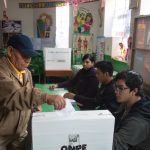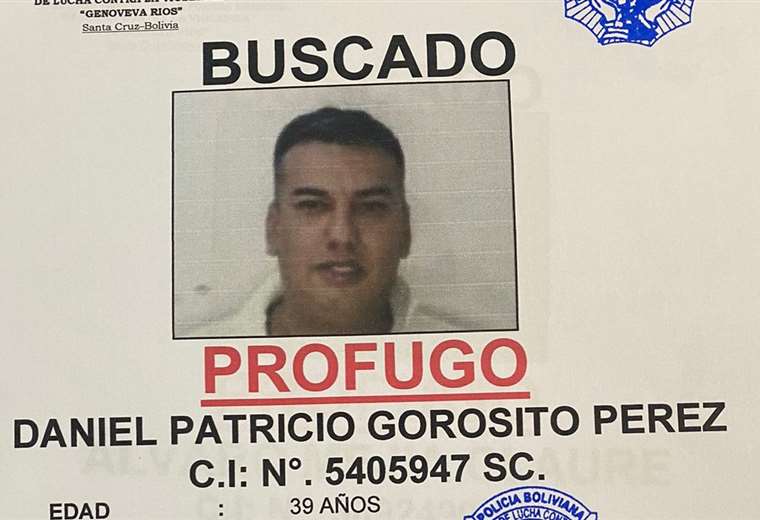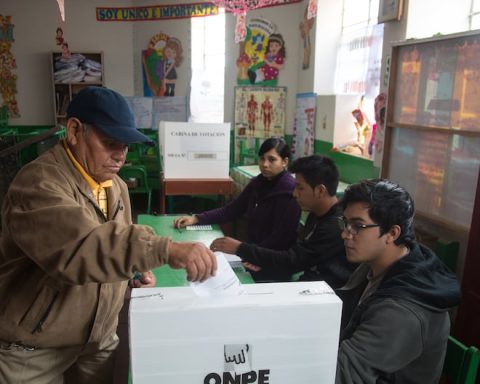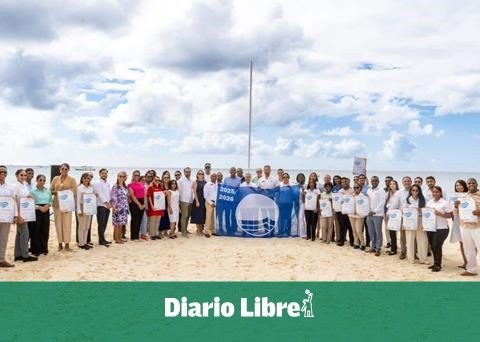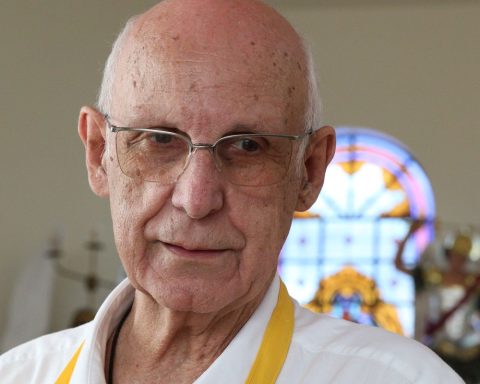NASA will finish defining this Saturday morning if it makes, that same day, its second attempt to launch the Artemis I mission rocket to the Moon, the unmanned flight that paves the way for establishing the long-term human presence in the satellite, after the first test was canceled last Monday due to problems with an engine that did not reach the right temperature.
The liftoff of the rocket with the Orion spacecraft is scheduled to take place this Saturday from NASA’s Kennedy Space Center in Florida, during a two-hour period beginning at 2:17 p.m. EDT (3:17 p.m. Argentina time), but it will depend, that everything works correctly and the weather.
NASA reported today, through its website, that at the beginning of Saturday afternoon, the chances for that window are 60% and that, towards the end of it, the chances increase by 80%, due to improved weather conditions.
The main concern is sporadic rain, according to the latest weather report from the US Space Force.
NASA also reported that its “teams will continue to work during the countdown performing planned status checks on the SLS and Orion systems,” and that the technical team responsible for the space mission will meet early tomorrow and determine whether or not to proceed. to start countdown operations.
The countdown is scheduled to resume on Saturday at 4:37 EDT (5:37 Argentina time), as the technical teams do not need to start the initial 46 hour and 10 minute count again because many of the settings required for the take off are already in place.

This Friday, engineers continued to implement approved plans to address issues that arose during the first launch attempt on August 29.
In that test, teams were unable to cool all four rocket engines to about -420 degrees Fahrenheit, with engine number 3 showing higher temperatures than the others.
They also worked on additional issues, including storms that delayed the start of propellant loading operations, a hydrogen leak during fueling, and what appeared to be a crack in the connecting joints of the two main tanks.
Of last Monday’s cancellation, NASA Administrator Bill Nelson stated that “it’s just part of the space business and it’s part, in particular, of a test flight.”
“We are stressing and testing this rocket and spacecraft in a way that you never would with a crew on board,” he said.
The updated procedures would perform the engine cooldown test 30 to 45 minutes earlier in the countdown this Saturday during the liquid hydrogen fast-fill phase.
Fifty years after the last time a man walked on our satellite, in 1972, this Saturday the Artemis I mission is expected to start the American program to return to the Moon, and then take the human being to Mars aboard the same ship.
Artemis I is the first integrated test of NASA’s deep space exploration systems: the Orion spacecraft, the Space Launch System (SLS) rocket, and ground systems at the Kennedy Space Center in Florida that will maintain communication across as the spacecraft moves towards the Moon.
Orion is expected to fly farther than any spacecraft built for humans has ever flown, surpassing the Apollo 13 distance record.
For takeoff, NASA’s most powerful rocket with a height of 98 meters will be used, almost like an Obelisk of Buenos Aires and a half.
The mission will have a total duration of 42 days, 3 hours and 20 minutes, and seeks to put the Orion capsule in lunar orbit to test the safety of future astronauts, among whom will be the first woman and the first black person to step on Moon.
As this flight is unmanned, the “Moonikin Campos” mannequin will travel in the commander’s seat, named after Arturo Campos, the engineer who played a key role in the safe return of Apollo 13 to Earth.
Moonikin will wear the full astronaut suit and will be accompanied by two torsos called Helga and Zohar, who will occupy the two lower seats of the ship and will measure the space radiation that astronauts may experience with 6,000 sensors.
“Once you leave the Earth there is much more radiation,” Pablo de León, an Argentine scientist who has worked at NASA for more than 30 years, explained to Télam.
Made of plastic, Helga and Zohar include imitation bones and organs, such as lungs, stomach, uterus and bone marrow.
“One of the torsos will have a special protective vest and the other will not, to make comparisons and see if it will be necessary for the astronauts to use these vests all the time during the trip,” explained the aerospace engineer from Cañuelas.
50 years ago, the twelve astronauts who walked on the Moon with the Apollo program received radiation on flights that were of short duration.
“Now we are talking about missions that are going to last more than 30 days, so the effects of radiation can be more harmful,” explained De León.
NASA’s most ambitious plan to explore the Moon will begin tomorrow, if all goes well, with the Artemis I mission, which is already on the Cape Canaveral launch pad, where more than 100,000 people are expected to attend to feel the noise of the blast and “chest shake” of the most powerful rocket in history, De León described.
Even more visitors are expected than last Monday, since being the long weekend of Labor Day could exceed 200,000 people.
Full coverage of the launch live in Spanish will begin tomorrow at 13 EDT (14 Argentina time) on NASA’s official YouTube channel.







